Protecting Ash Trees: The Role of Biocontrol in Combating the Emerald Ash Borer
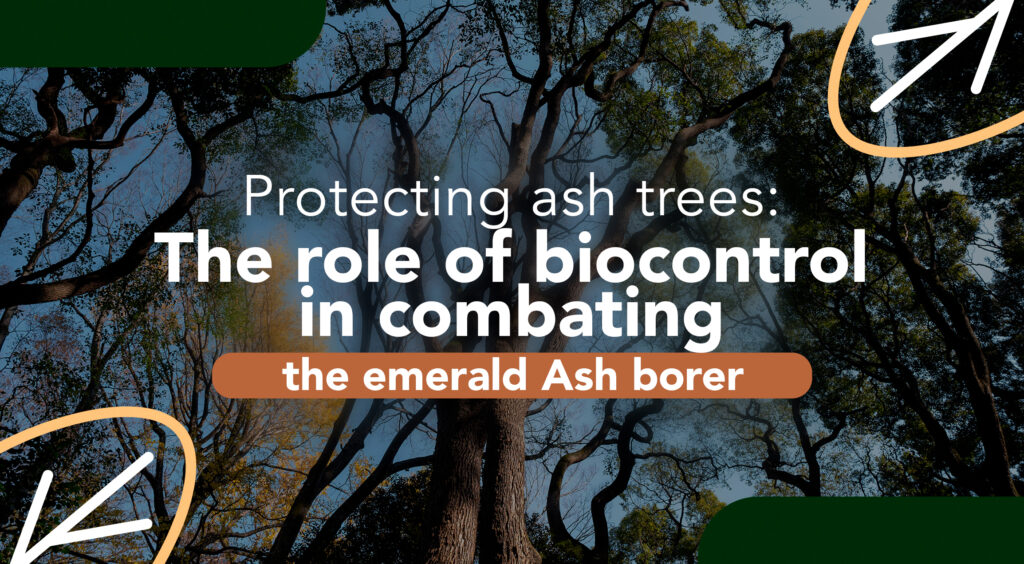
The emerald ash borer (EAB), Agrilus planipennis, is an invasive beetle that has decimated ash tree populations across North America since its discovery in 2002. Spreading approximately 15 to 20 miles annually, EAB infestations have led to the death of hundreds of millions of ash trees.
Early Control Efforts
Initial strategies to curb EAB involved mechanical removal of infested trees and regulatory measures, such as restricting the movement of firewood and nursery stock. Despite these efforts, the beetle continued its spread, prompting a shift from eradication to containment.
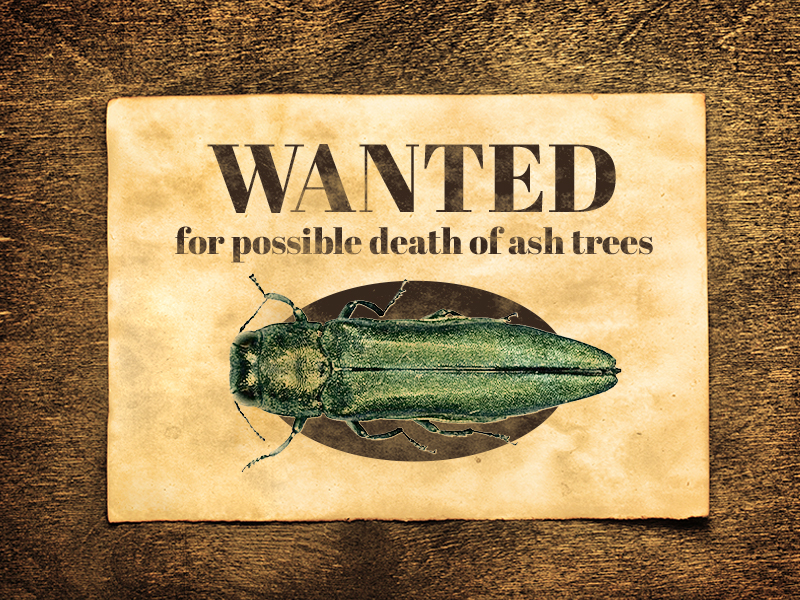
Chemical Treatments
Chemical control, primarily through trunk-injected insecticides like emamectin benzoate, has proven effective for individual trees. However, this method is labor-intensive and cost-prohibitive for large-scale application. Other insecticides, including imidacloprid and azadirachtin, have also been used with varying success.
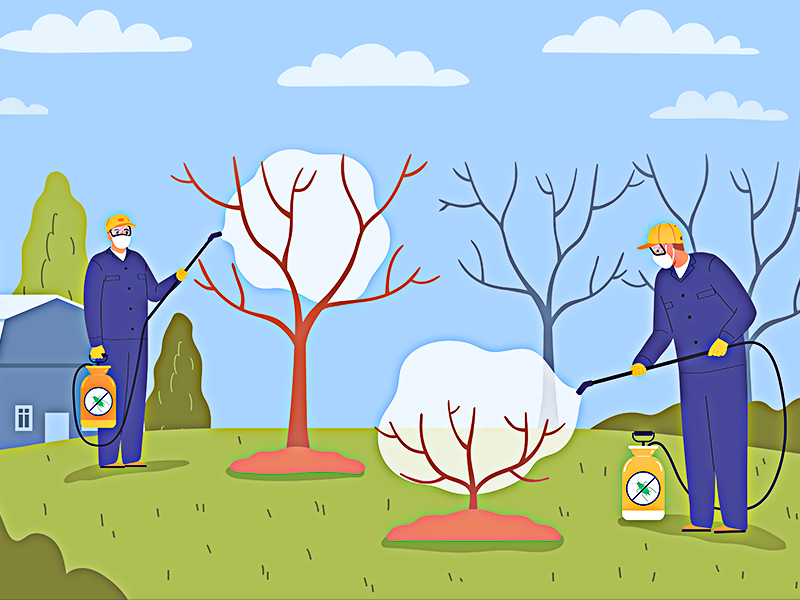
Exploring Genetic Resistance
Researchers are investigating the genetic makeup of ash trees to identify traits that confer resistance to EAB. This research aims to breed ash varieties that can withstand EAB infestations, offering a long-term solution to the problem.
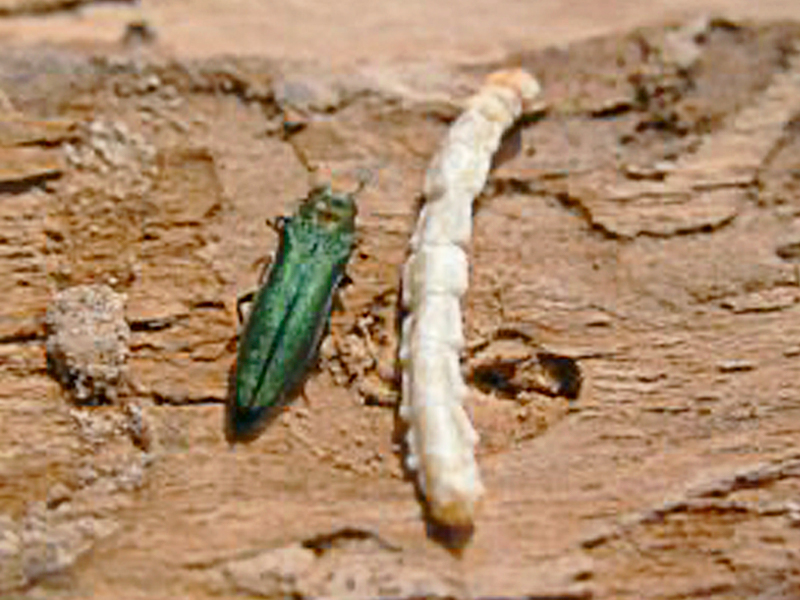
Biological Control: A Sustainable Approach
Biological control, or biocontrol, involves introducing natural enemies of EAB from its native range in Asia to affected areas in North America. This method has been used successfully for over a century to manage invasive pests. By incorporating biocontrol into integrated pest management strategies, we can reduce EAB populations and protect ash trees more sustainably.
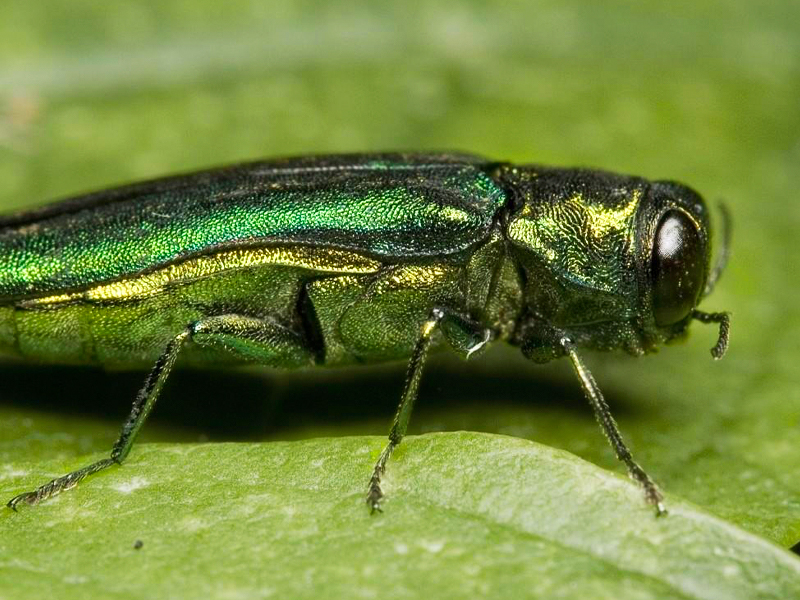






Leave a Reply